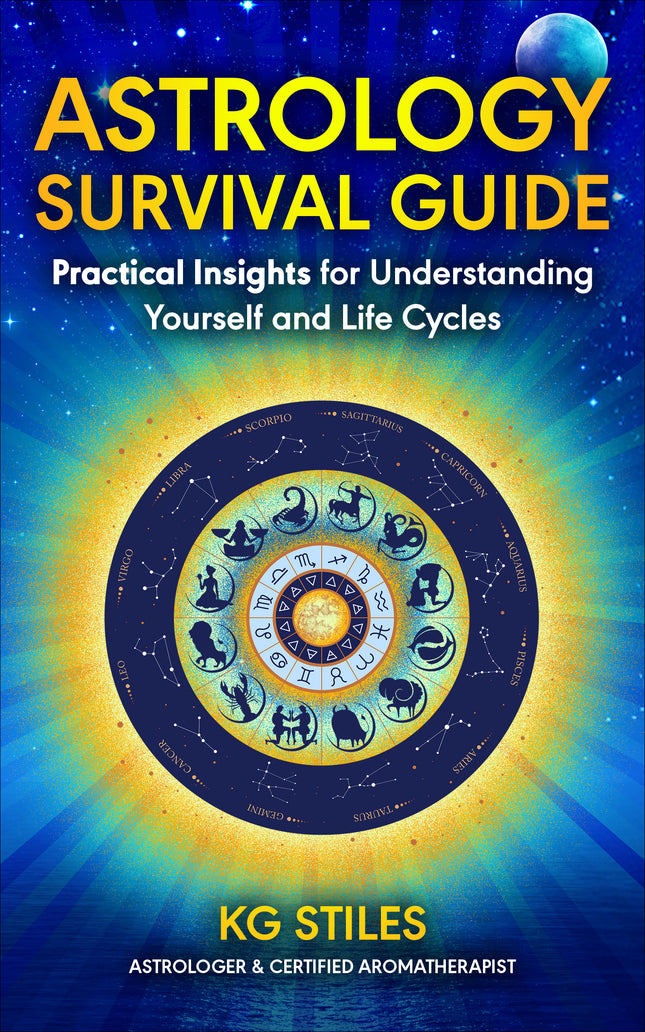
Ylang Ylang essential oil, with its unforgettable exotic sweetness and sensual depth, is a floral treasure long cherished for beauty, emotional balance, and the perfumer’s art.
Its name means “flower of flowers” in the Malayan language, and for good reason: the scent is lush, intoxicating, and unlike any other. Grown in Madagascar and traditionally harvested in the early morning hours, the delicate yellow blossoms of Cananga odorata are steam-distilled in carefully timed fractions to produce distinct aromatic grades—each with its own therapeutic character.
Botanical Profile
Botanical/Latin Name: Cananga odorata
Plant Part Distilled: Flowers
Distillation Method: Steam distilled (fractional distillation)
Aroma Profile: Sweet, floral, balsamic, exotic, sensual, earthy
Chemical Family: Esters, sesquiterpenes
Primary Constituents: Germacrene D, β-caryophyllene, benzyl acetate, linalool, farnesene
FDA Status: GRAS (Generally Recognized As Safe)
Traditional Use & Plant Wisdom
Cultivated alongside jasmine and rose for the perfume industry, Ylang Ylang is known as the “poor man’s jasmine”—yet its aromatic depth is anything but second-rate. In Indonesia, Ylang Ylang blossoms are traditionally scattered across the wedding bed to bless the union with lasting love and joy.
This custom symbolizes blessings of love, sensuality, and lasting happiness in the marriage. The fragrant flowers of Cananga odorata are believed to promote emotional harmony and deepen the intimate bond between partners. Ylang Ylang’s sweet, exotic aroma is thought to awaken passion while calming nerves—qualities that align with its broader traditional uses for relaxation and love.
This practice reflects the deep cultural appreciation for the aromatic and symbolic power of Ylang Ylang in Indonesian rituals, particularly those associated with romantic union and fertility.
Though cultivated for modern aromatherapy, its native origins trace to the Philippines and Southeast Asia, where its scent was revered for its harmonizing qualities.
Ylang Ylang III, the final distillation fraction, is thicker, more grounded, and less floral than earlier fractions. Its sesquiterpene-rich chemistry makes it an excellent choice for deep relaxation, emotional balance, and skin nourishment.
Aromatic & Therapeutic Properties
Alleviates stress, anxiety, and nervous tension
Calms the heart and supports emotional equilibrium
Nourishes and balances all skin types, especially sensitive and mature
Hydrates scalp and promotes healthy hair and sebum balance
Supports sensual expression and opens the heart to intimacy
Blends beautifully as a middle or base note in custom blends
🔬 Scientific Evidence for Ylang Ylang Claims
A controlled study found that inhalation of Ylang Ylang aroma in healthy men significantly lowered systolic and diastolic blood pressure and heart rate, indicating a sedative effect on the autonomic nervous systemAnti-anxiety & depression support
Another clinical evaluation described Ylang Ylang's action as a form of physiological harmonization—reducing blood pressure and pulse rate while maintaining or even increasing subjective alertness and attentiveness
Anxiety Reduction in Clinical Settings
Recent research on patients undergoing invasive medical procedures showed that Cananga odorata aromatherapy significantly reduced trait anxiety and lowered salivary alpha-amylase (a stress biomarker), compared to placebo control.
Blending Suggestions
Floral: Jasmine, Neroli, Geranium
Citrus: Sweet Orange, Bergamot, Grapefruit
Woody: Vetiver, Sandalwood, Patchouli
Base Anchors: Blue Tansy, Blue Yarrow, Myrrh
Ylang Ylang III blends beautifully with nearly all essential oils. Its versatility makes it perfect for anchoring emotional blends or sensual floral perfumes. Try it with Vetiver and Sweet Orange for a deeply calming aromatic synergy.
Uses & Applications
Inhalation: Add 1–3 drops to a cotton pad or smell strip for calming tension, easing overwhelm, or deepening sensual awareness
Topical: Dilute up to 0.8% for facial or body application—ideal in serums for dry or mature skin, or in scalp oils for hydrating and balancing sebum
Bath: Add 2–3 drops to a carrier of unscented bath gel for a deeply relaxing and heart-opening soak
Ylang Ylang for Hair & Skin Health
Ylang Ylang supports balanced sebum production, making it ideal for oily, dry, or combination skin. It softens skin texture and promotes a radiant glow while calming reactive or inflamed skin. Its sensual aroma and nourishing qualities make it a favorite in natural hair care for softening strands and restoring scalp equilibrium.
Key Benefits:
Calms irritated or inflamed skin
Balances oil production for skin and scalp
Softens texture and supports hydration
Relieves emotional tension that impacts skin appearance
Enhances sensuality and connection
Emotional & Subtle Support
Ylang Ylang harmonizes the heart and sacral chakras, supporting emotional intimacy, joy, and self-expression. It opens us to the pleasures of the moment and soothes the heart during times of emotional tension or heartbreak.
Aroma & Blending Combinations
Ylang Ylang + Vetiver: Deeply grounding and sensual
Ylang Ylang + Blue Tansy: Emotionally calming and sweet
Ylang Ylang + Sweet Orange: Joyful and uplifting
Ylang Ylang + Patchouli: Earthy aphrodisiac
Recipes & Directions
Calm & Connect Inhalation
2 drops Ylang Ylang
1 drop Vetiver
Inhale from a cotton ball, or smell strip for emotional grounding and heart opening.
Scalp & Shine Hair Serum
3 drops Ylang Ylang
2 drops Blue Tansy
1 oz jojoba oil
Massage into scalp and ends of hair for softening and shine. Leave on for at least 30 minutes before washing.
Safety & Application
Dilute to 0.8% for dermal application
Avoid use on diseased or damaged skin
Not for use in children under 2 years old
Perform patch test prior to use
Avoid during pregnancy unless guided by a healthcare professional
Discontinue use if irritation occurs
Summary
Ylang Ylang essential oil is a rich floral gift—its luxurious aroma, balancing chemistry, and heart-centered essence make it ideal for emotional relaxation, beauty rituals, and blending alchemy. With its high sesquiterpene content and exquisite distillation artistry, Ylang Ylang III offers deeply soothing and sensual support for body, mind, and spirit.
We’d love to hear from you!
How has Ylang Ylang oil supported your emotional balance or beauty rituals? Share your stories in the comments and inspire others with the magic of this tropical floral treasure.





Leave a comment